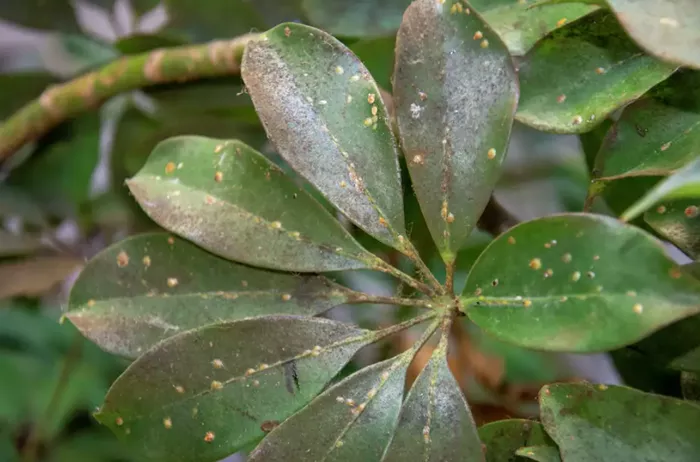Weather Update: Gardeners Prepare for Seasonal Transition.
Another week of excellent weather has come and gone, but unfortunately, it brought little rainfall. While some may have had the luck of the draw, I certainly did not. As summer’s intense heat fades, daytime temperatures are beginning to drop. A recent 30-day weather forecast indicates that daily highs may soon reach the low to mid-80s. Nighttime temperatures will also decrease, prompting gardeners to consider moving houseplants and delicate tropical plants to safer spots for the fall and winter months.
If you haven’t started yet, now is the time to find suitable locations indoors with adequate light or to prepare specific spaces for your houseplants and sensitive tropical species. Options include a heated garage with proper lighting or an enclosed porch area to help retain warmth.
The growth of our plant collections is often surprising from one season to the next. This is particularly noticeable as the seasons change, requiring each plant to find a protected space for several months. It’s essential to plan ahead for ornamental plants that have spent spring and summer outdoors on yards, porches, patios, and decks. Taking action before the first cold snap will save time and reduce frustration—something I can attest to from experience!
Before moving plants indoors for the colder months, make sure to create enough space in your home, garage, porch, or greenhouse, ensuring that there is ample sunlight. The first step is to thoroughly inspect each plant for pests. Check every leaf, stem, trunk, and the soil surface for unwanted insects. A gentle blast of water from a garden hose can help wash off most pests. For persistent pests like aphids or mites, apply Neem Oil. After dealing with pests, check the plant again and prune as necessary. If you are repotting, trim the roots to encourage new growth, using a pot that is no more than two inches larger if the roots were tightly bound.
It’s essential to help your plants adapt before bringing them fully indoors. Start this process when nighttime temperatures are around 55 degrees or cooler. Gradually increase the time spent indoors over a couple of weeks. If you have a large collection, you can move sun-loving plants to shaded areas first to help them acclimate to lower light levels before bringing them inside.
Select a spot with daytime temperatures between 60 and 75 degrees. Plants do not like sudden temperature changes and should be kept away from drafts, especially near entryways. Indoor humidity tends to be low, but most plants thrive in higher humidity. To maintain humidity levels, mist your plants regularly, use humidity trays, or consider an affordable humidifier.
When plants are indoors, they require less water, which can often be assessed by checking the soil moisture about an inch below the surface. Only water if it feels dry. Be careful not to overwater, as this can lead to root rot. Place plants near a sunny window to ensure they receive enough natural light for photosynthesis. If natural light is limited, inexpensive grow lights can be a great alternative.
Plants in garages also need sunlight or grow lights and warmth. Garages can get quite cold, but back porches can function as greenhouses if they are enclosed with plastic. Adding a small space heater can help maintain a suitable temperature.
Related topics:


